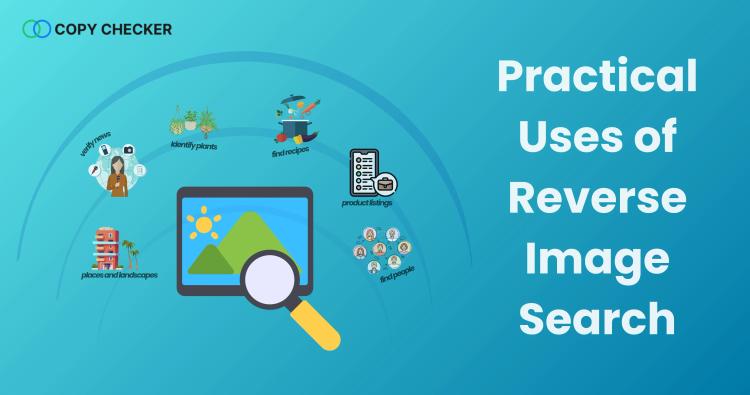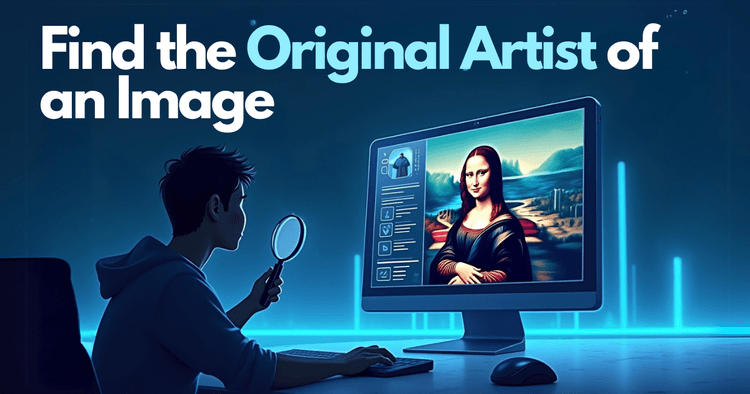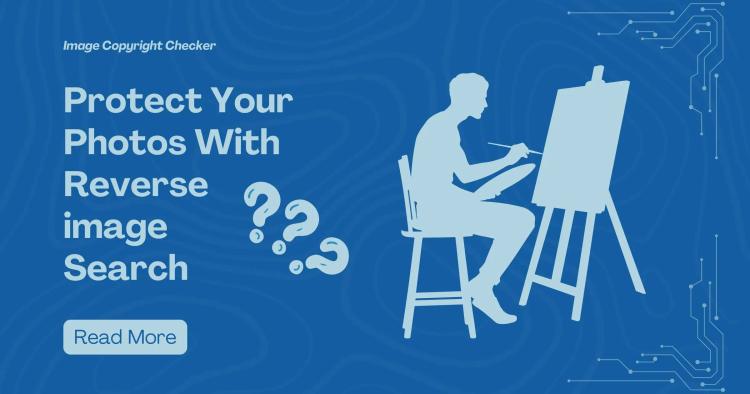AI-generated images are slowly entering the mainstream. You can find them in news, social media, and even art galleries. And while a lot of these photos can be stunning, not all are what they appear to be.
In this guide, we’ll take a look at how you can tell if an image is AI generated. We will discuss what AI-generated images are, and the signs to look for when identifying them. After this article, you will have a better understanding of checking if an image is real or computer made.
ᴀᴅᴠᴇʀᴛɪsᴇᴍᴇɴᴛ
What Are AI Generated Images
AI-generated images are created using advanced computer programs. These tools learn from thousands, sometimes millions, of images to create new visuals.
Image generation with AI has come a long way. They have improved a lot over the years thanks to the recent breakthroughs in artificial intelligence. The images can be detailed and realistic, which is why spotting differences can be a challenge.
And that is why understanding the basics of AI-generated images matters. The more you know about the creation process, the easier it is to spot the signs of artificiality.
They’re now part of mainstream media and even art. Some artists use AI to create stunning works. While others have used it to manipulate or prank people.
And as the use of AI grows, so does the need for reliable methods to verify image authenticity. The shift to AI in image creation also brings ethical questions.
6 Things To Look For In AI-Generated Pictures
There are a few key indicators that can help you decide whether an image is AI generated. These signs are not foolproof on their own, but if you know them all and use them properly, you can tell when an image is AI generated.
1. Visual Anomalies
The first thing to verify is the image itself. Many AI-generated images contain slight imperfections that a human can notice like subtle mismatched details and morphed human limbs.
Observe the fine features in the image. Do the eyes, ears or other elements look a little wonky? At times, the facial features can be asymmetrical or out of line.
2. Textures That Are Too Smooth
AI images tend to have textures that look way too smooth. It is almost uncanny. For example, someone’s skin may look unnaturally even or surfaces may seem too perfect.
The background may not fully fit with the subject or display random noise as well. This is another clue that the background was randomly generated, with no context.
3. Use A Reverse Image Search
Using a reverse image search is a very useful way to check whether there are instances of the images online. If the image shows up on the many unrelated websites or in contexts that don’t seem right for its supposed origin, it might be AI generated.
Reverse image search engines aren’t foolproof though. It adds another step in the process of verifying a visual. Use it alongside other methods to get the best out of it.
4. Look For the Original Creator
If you see an image with no known original source or one that appears in many different articles without an obvious origin, that’s another sign it may have been generated by an A.I.
5. Inconsistent Context
You may think an image is used for one exact purpose, but it is widely used for multiple things all over the internet. This is another sign that the image was made with AI.
Although this is not a surefire sign though. Sometimes people use stock images in different places (even when they don’t fit). So, further investigation is important.
6. Metadata Analysis
Checking the image’s metadata is an advanced technique for figuring out whether an image was AI generated or not. Every digital file has metadata. It contains information such as the date, time and location the image was created.
In some cases, even the machine that created it. Certain AI images, though, may not have their metadata. Or they’re clearly edited or don't match what the image is about. All these are pretty clear signs that the image was tampered with.
Benefits Of Knowing When An Image is AI Generated
The real-life consequences of AI images can be quite dire. From spreading misinformation to impersonating important figures and people. Here are the top reasons why knowing to detect fake AI images is important:
Fighting Misinformation
The rise of AI-generated images is also visible on social media platforms. False images facilitates the spread of misinformation on social media.
In some cases, AI images can be used to craft false narratives about public events or spread lies about people online. People can also be susceptible to fraud if they are not vigilant.
Distrust In News Publications
Some years back, a reputed news outlet did publish a creative work which was AI generated. The image, which was meant to illustrate a breaking news event, had subtle inconsistencies.
A reverse image search showed the image had circulated on art websites for months. The error prompted a correction and raised questions about the accuracy of vetting as part of internet journalism.
The Art World Dilemma
Art needs to be original. Okay, maybe we’re taking a stance here. We are not saying that artists can’t or shouldn’t use AI.
But completely producing it with AI takes away the human element. There is something to be said about originality and authenticity in art.
What Does the Future of AI Image Generation Look Like
As Artificial Intelligence becomes more sophisticated, so will the methods for detecting AI-generated images.
Emerging Technologies
New tools to detect phony images are emerging, using their own A.I. These programs learn from a large set of data, improving their ability to identify digital fingerprints left by generative algorithms.
And as these tools develop, they may become commonplace in fields such as journalism and law enforcement.
Finding a Balance Between Technology and Human Insight
Although technological developments have come a long way, manual inspection is still very much needed. Human judgment can detect things that software may not pick up, particularly when it comes to context and nuance.
The hybrid business model is probably the future. For the first take, professionals can employ automated tools and call upon human judgment for a deeper dive.
Informed Consent and Other Ethical Considerations
As detection becomes more sophisticated, there will be greater debate over ethical and legal concerns. Who is liable when a fake image does damage? How do we maintain both freedom of expression and make way for actual information?
These questions are still hotly debated and will only become more salient as AI-generated images proliferate.
Standard guidelines and certifications, like those surrounding organic produce, may eventually evolve, experts say. These would search images for metadata used to verify the authenticity of a given image, and establish accountability for creators.
And although the tech is still catching up to its potential uses, the emerging dialogue between tech developers, legal experts, and media professionals is promising for the future.
Frequently Asked Questions
What are the signals of AI images?
Seek out misaligned features, odd textures and mismatched lighting or shadows. Such features can suggest the image was generated by an algorithm rather than obtained through a camera.
What tools can be used to reveal AI images?
Several tools are available. Reverse image search engines, and metadata analyzers are pretty effective.
Is it sufficient to manually inspect an image?
Manual inspection is also a valuable skill. You won’t always get reliable information from tools. Mixing the tools and human intuition is what will get you the most accurate results.
ᴀᴅᴠᴇʀᴛɪsᴇᴍᴇɴᴛ
Wrapping Up
We’re living in an age where visual content like images and videos dominate the internet. Manipulated images have always been a problem. However, with AI image generation the problem has escalated to a whole new level.
With the tools and techniques above, and a hint of human intuition you will be able to tell which images are AI generated better than most.







